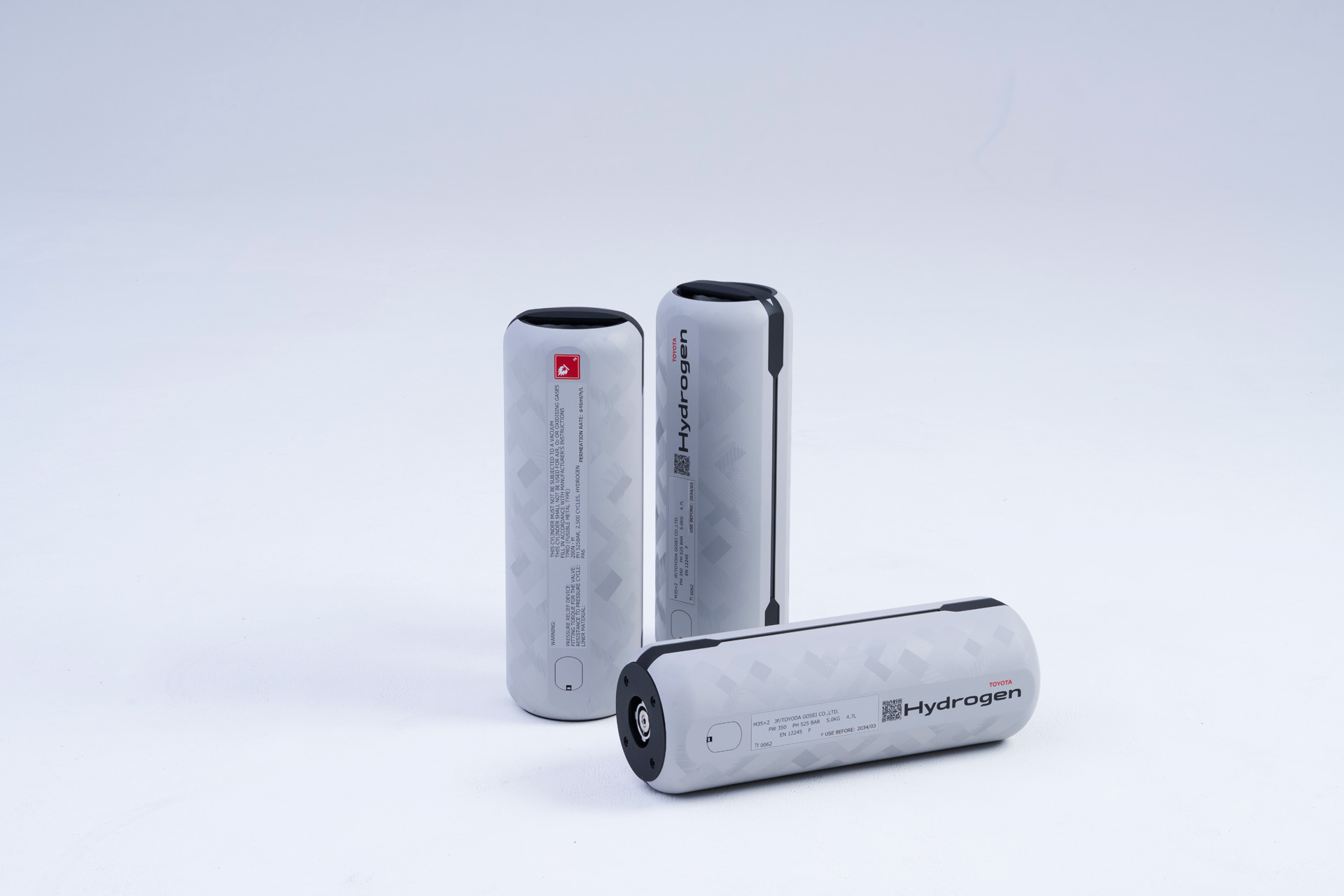cross-posted from: https://lemmy.ca/post/31642688
161grams = 5kwh+ of heat energy or close to 3kwh of electric only energy in a fuel cell.
For drones, ebikes, powerstations, this would be higher electric weight density than batteries. And solves ebike/powerstation charging on the go problem.



H2 only FC ebikes are not well developed or popular yet. Drones with FCs are actively developed as density/weight is a huge factor for range. Very small fuel cells, 500w or 1000w have applications in powering a home (with solar supplement) because they can run 24/7 and charge batteries. Hooking up torches or burners to these cannisters can also provide clean indoor cooking or heating a box of sand/water in a room.
For an ebike, it is touring/camping applications that this really enables. Charging a battery when you need extended range, and it becomes worth the extra weight. Even a 100w fuel cell slow charging a spare battery while riding is big range extension, and provides overnight full charge. Combustion cooking and heating is fine for high supplementary energy.
A H2 economy would have these cartridges in similar locations to swappable propane tanks.
Toyota research and products are ahead of their time relative to cheap green H2. This is an advance over using 300bar “paintball tanks” by going to 525bar, and it looks a bit like an apple product design. Needs far more electrolysis production capacity and deployments. The global project pipeline is long though, so we should get there. Current focus is on large scale electrolyzers with specific offtakers which is slow, but a step towards broader distribution.
Quite honestly, I don’t see how we will get there with green hydrogen, at least in the next decade. Portable hydrogen tanks are a good thing, but they won’t solve all that many real-life issues.
Big inroads for H2 perhaps starting in 5 years. Batteries are enough to progress until then. Solar deployments will need an H2 outlet to keep using up solar capacity. Very likely to be yet another China driven tech boom.
portable H2 is gateway to urban distributed H2. Appliances and refills either from home or from nearby businesses. Powerstations/backup/UPS power is a pretty universal application. Everything depends on green H2 retail prices though.
Green electricity is both cheaper and much more available. Green H2 is inherently at a price disadvantage compared to green electricity. Unless absolutely unavoidable (as with steel or fertilizer production), why would you use it for anything?
Maybe I am looking at this from too much of a European perspective, i.e. on average, the grid is stronger here than e.g. in the US – but I don’t see going off-grid as a major factor either. If you can, you generally avoid going off-grid intentionally, because it’s just extremely expensive. Even if you’re planning for natural disasters, I see going with grid-connected, off-grid-capable solar as a much better idea, at least for most of the year.
Intermittent renewables are the cheapest. If you can consume electricity directly while it is produce, that is at cheapest rates. Batteries is one intermediate to get good power charge/discharge rates to absorb, even cheaper, surplus electricity that supports more renewables. H2 electrolysis is a way to absorb renewable production that would exceed 24 hour demand on some days, and allows for more renewables and batteries to keep the energy/batteries productive/monetized all of the time.
Even trucks and ships have a cost advantage in distributing H2 energy compared to electric wires. Pipelines even more. H2 distribution doubles as storage as well.
H2 is a few years ahead on horizon. Lowest hanging fruit is gasoline/diesel replacement, but alternative to electric grid expansion is real, with offshore wind the biggest gainer of going pure H2 electrolysis, and land based renewables expanding their footprints to have alternate sales options than an electric monopoly.